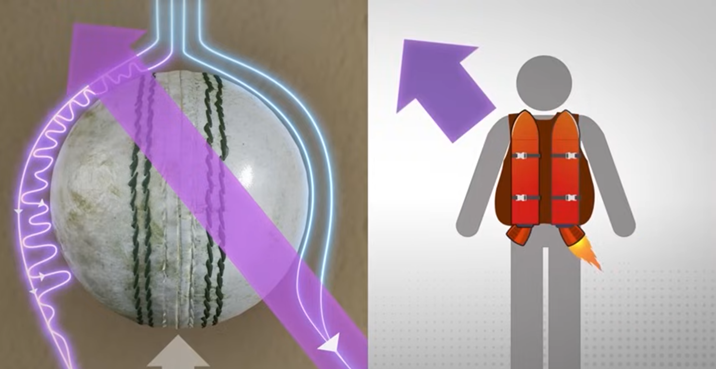How Do You Build the Ideal Squad for a Women’s T20 World Cup?
- The Cricket Keeper
- Aug 27, 2024
- 4 min read
#Part 2 of The Spotlight Series
27.08.2024

Whenever I get the chance to choose a topic for school or uni projects, I always find a way to make it about cricket. Once, I was handed a blank A3-sized sheet of paper and told, "Do whatever you want with it." Naturally, I made word cloud filled with the names of cricket players. No internet, just my mind firing off names until there wasn’t a single white space left. I managed to fit in at least 400 names. When I took it home, my father just laughed, and my mother was left speechless. I wonder what I’d do with a blank A3 sheet now.
This got me thinking—how does a selector start picking the right team for a T20 World Cup? Do they get a blank sheet too? Or is it already filled with names, leaving them to just connect the dots?
With the ICC locking in the UAE as the stage for the upcoming Women’s T20 World Cup, squads are beginning to take shape. Here are a few factors to consider when evaluating the teams as they come together.
Understanding the Conditions: Spin to Win, or Is Pace the New King?
Historically, the UAE has been known as a spinner’s paradise, with slow, turning tracks that challenge batters. However, recent data from women’s T20 matches in the UAE, particularly during the 2024 Women’s T20 World Cup Qualifier, suggests that conditions are evolving to favor pace bowlers. In the qualifiers, pacers took about 64% of the wickets, while spinners accounted for 36%.
Despite this trend, spin remains crucial, especially in the death overs. Traditionally, pace bowlers dominate the final overs with their Yorkers and slower balls under pressure. However, spinners have consistently played a prominent role in the women's game during this phase. Players like Sophie Ecclestone have excelled, maintaining an economy rate under 7.5 in the final overs, while pacers have averaged around 8.2. Ecclestone’s mastery of variations and her ability to maintain a tight line and length make her particularly effective in UAE conditions.
Though limited, recent games in Dubai have shown that only one out of five matches between lower-ranked women's teams saw the team batting first score over 100 runs. The data reveals a slight preference for chasing, with three out of five games won by the team batting second. This points to how teams might adjust their strategies to win in these challenging conditions. Meanwhile, in Sharjah, outcomes have been more balanced, with teams batting first and chasing winning an equal number of matches. However, bowlers still seem to have the upper hand despite the shorter boundaries, though massive scores remain unlikely.
The Batting Blueprint – If One Exists
Batting in T20s always requires adaptability, but the challenges multiply in the UAE’s unique conditions. The slow, often turning pitches demand a different approach compared to other venues, and recent tournaments have underscored the importance of batters who can adjust quickly.
In recent women’s T20 internationals in the UAE, the average first innings score during qualifiers has hovered around 128 runs, highlighting the tough nature of the pitches and the level of competition. In contrast, higher-profile matches at venues like Sheikh Zayed Stadium have seen first-innings scores average closer to 142 runs. These conditions tend to favor bowlers, especially spinners, making it crucial for batters to be adept at rotating the strike and capitalizing on powerplay overs.
Success in the UAE often depends on how runs are accumulated. Players who thrive here typically do so by finding gaps and manipulating the field rather than relying solely on power-hitting. In similar conditions, the highest strike rates tend to hover between 110 and 130, with only the most aggressive players reaching up to 140. Standout performances have come from those who accumulate runs steadily, working the ball into gaps and taking quick singles to keep the scoreboard ticking. For example, Chamari Athapaththu's composed innings of 44 runs off 39 balls during the 2021 Women's T20 Challenge in the UAE exemplified the importance of rotating the strike and building partnerships despite challenging pitch conditions.
In Sharjah, teams batting first have often posted scores between 140-160 in recent matches, showing that with the right approach, batters can still make significant contributions. However, versatility will be key, as batters must switch between cautious play and aggressive hitting depending on the conditions.
Wrapping It Up: Building the Dream Squad
So, how do you build the perfect squad for the Women’s T20 World Cup in the UAE? It’s not about assembling a dream team of individual stars; it’s about crafting a squad that can win you a World Cup. Building a T20 World Cup squad isn’t just about picking the best players; it’s about selecting players who fit together and can execute their roles effectively. The teams that succeed are the ones where every player knows their job and sticks to the plan, even under pressure.
As selectors finalize their squads, they’ll need to think beyond individual talent and focus on how these players can gel as a unit under the unique challenges of the UAE. While all of this may sound obvious, it’s surprising how often the basic things are overlooked. I've barely touched the surface of what needs to be considered. Beyond this, there's form, experience, balance, leadership groups, support staff, and so much more that play crucial roles.
So, here's to a tournament that not only crowns a champion but perhaps sparks a new era of women’s cricket. Good luck to all the teams—may the best squad lift the trophy!




Commentaires